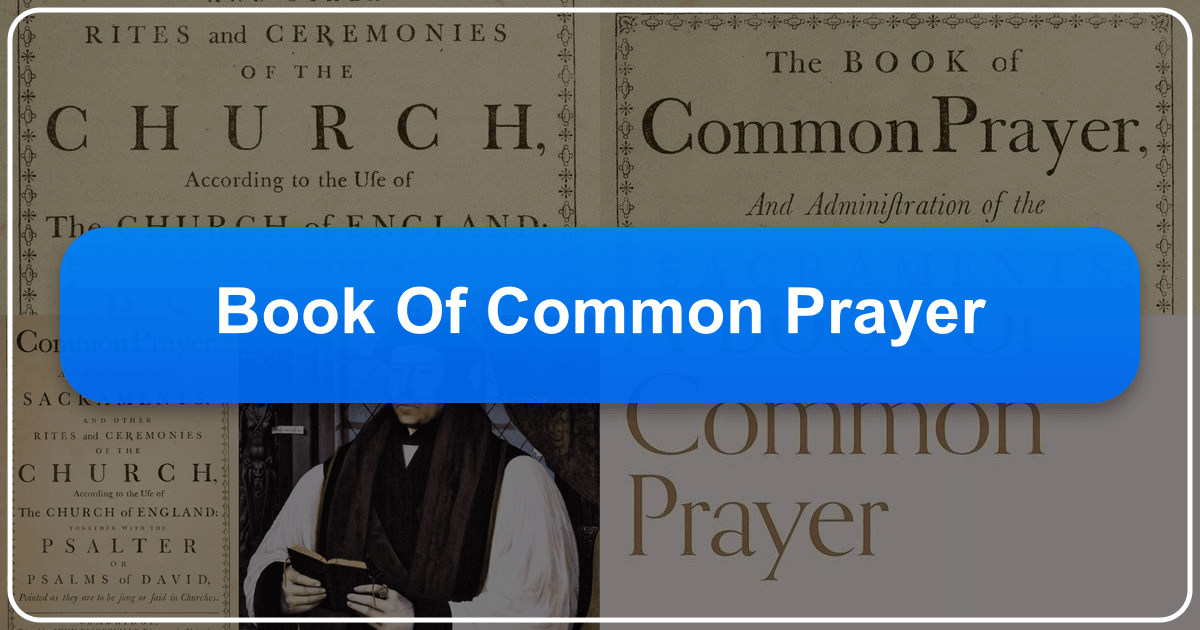The Enduring Legacy of the Book of Common Prayer: A Comprehensive Exploration
The Book of Common Prayer (BCP), a cornerstone of Anglican worship and a significant influence on English literature and culture, continues to resonate centuries after its initial publication. This exploration delves into the BCP’s multifaceted impact, examining its historical context, theological significance, literary artistry, and lasting cultural influence across various aspects of life, drawing parallels with contemporary literature and the digital age.
I. The Book of Common Prayer: A Literary and Theological Classic






